On July 17, 1944, the SS E. A. Bryan, a newly-commissioned Liberty ship, was moored to a pier at the Port Chicago Naval Magazine in California, to load ammunition, bombs, and artillery rounds for the upcoming invasion of Tinian, in the Northern Mariana Islands.
Under the glare of dockside lights, nearly 100 African-American stevedores rushed to transfer the munitions from depot to ship.
Nearly all of them were young, and few were petty officers.
At around 10:18 p.m. there was a loud noise from the pier.
Witnesses later described the sound as “metallic” and like that of “rending timbers, such as made by a falling boom.”
An instant later the Bryan blew apart in a massive explosion that destroyed virtually everything in an 800-yard radius.
Another Liberty ship, the SS Quinault Victory, was tied up on the other side of the pier; the explosion tore it to pieces and threw what remained of its stern more than 100 yards into the main channel.
A huge fireball rose into the night sky and mushroomed nearly three miles across, throwing fiery debris as high as 12,000 feet.
The 320 men who were aboard the Bryan or working on the pier beside it were instantly killed. Another 390 in the vicinity were injured.

As the stunned survivors began the grim work of collecting hundreds of mangled corpses from the wreckage (only 51 could be positively identified), the navy launched an investigation into the disaster.
Capt. W. S. Parsons, the first official investigator on the scene, arrived three days after the explosion.
His preliminary report, written four days later, emphasized that his aim was not to determine the cause of the explosion, but to gather data on the damage it had wreaked.
Parson estimated that, at the moment of detonation, the Bryan had 1,552 tons of high explosives stowed in its several holds, and another 200 tons waiting to be loaded on the dock.
All but five of the victims, Parsons noted, “were right on top of the explosion.”
Survivors of the disaster immediately began to exhibit signs of emotional trauma — not only from the explosion but also from the work of recovering bodies torn apart in the blast.
The officers in charge of the stevedores, all of whom were white, were granted a month’s leave to recover and recuperate; their black subordinates were kept in quarters and not allowed time away.
When the question of the lingering effects on the surviving sailors was raised later, James Forrestal, the Secretary of the Navy, advocated putting them back to work loading ammunition as soon as possible; this, he said, was “the preferred method of preventing them from building up mental and emotional barriers which, if allowed to accumulate, become increasingly difficult to overcome.”
But the Port Chicago pier facilities had been so badly damaged that work there could not resume for several weeks.
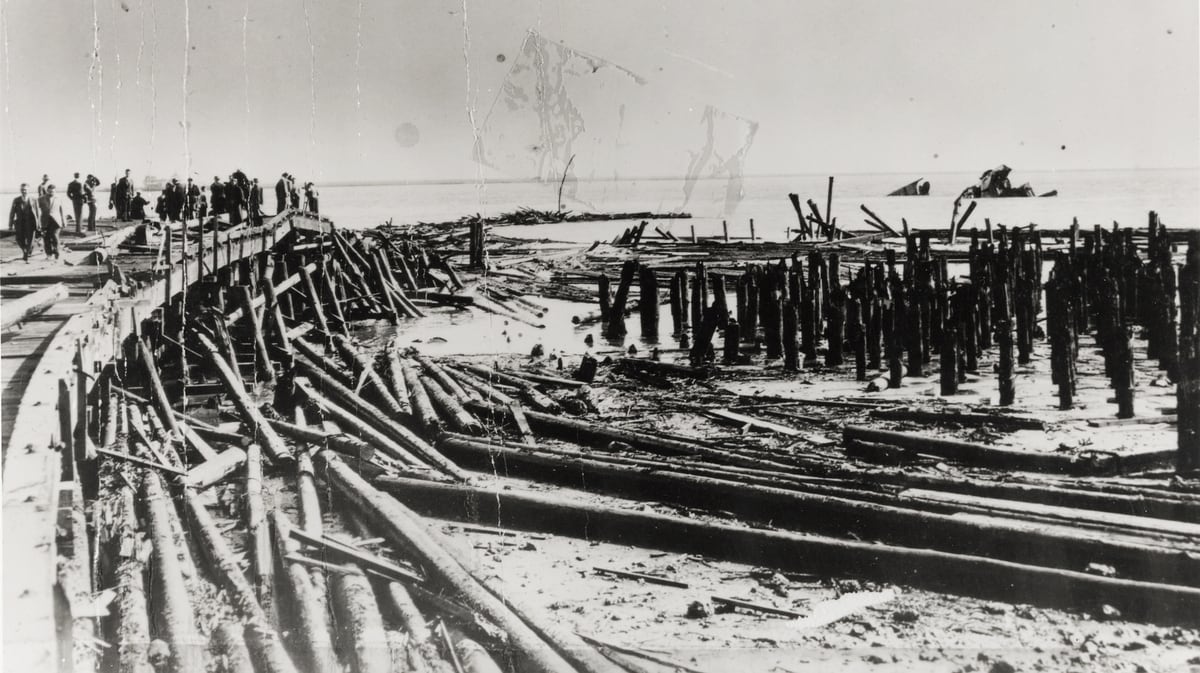
On Aug. 8, 1944, the ammo carrier Sangay tied up at Pier 34 East at the Mare Island Ammunition Depot, across from Port Chicago.
As the vessel prepared to take on cargo, the black stevedores were notified that they were to resume ammunition-handling duties in the morning.
The first indication that things would not proceed as usual came when the officer in charge of one of the loading divisions informed the commander of the Vallejo Naval Barracks that most of his men were refusing, out of fear, to report to work as ordered.
A chaplain offered to accompany the men to the ammunition depot, but they still refused.
Cmdr. Joseph Tobin, the senior officer on hand, told the sailors individually that their continued refusal to obey orders would necessitate disciplinary action.
Meanwhile, men in other labor divisions were also refusing to work, though some sailors said they would readily obey any order except one that involved handling ammunition.
As the day went on, 258 men from three separate labor divisions declared their intention not to engage in any form of the work that had just cost 320 men their lives.
The sailors who refused to report for work were separated from their units and placed in a group.
The next morning Adm. Carleton H. Wright addressed the men. He spoke of the critical need for ammunition to reach units then fighting on Saipan, appealed to their sense of duty, and told them plainly that their refusal to return to their primary duty of loading munitions amounted to an act of mutiny.
Mutiny in time of war, he warned, was a crime punishable by death.
Many of the black sailors were taken aback by Wright’s warning.
Mutiny, most of them had assumed, only applied in cases where a crew attempted to seize control of a vessel; they had no such intention.
When the order to report for ammunition loading was repeated, 208 men reluctantly fell in, but 50 others still refused.
They were immediately confined in the brig at Camp Shoemaker.
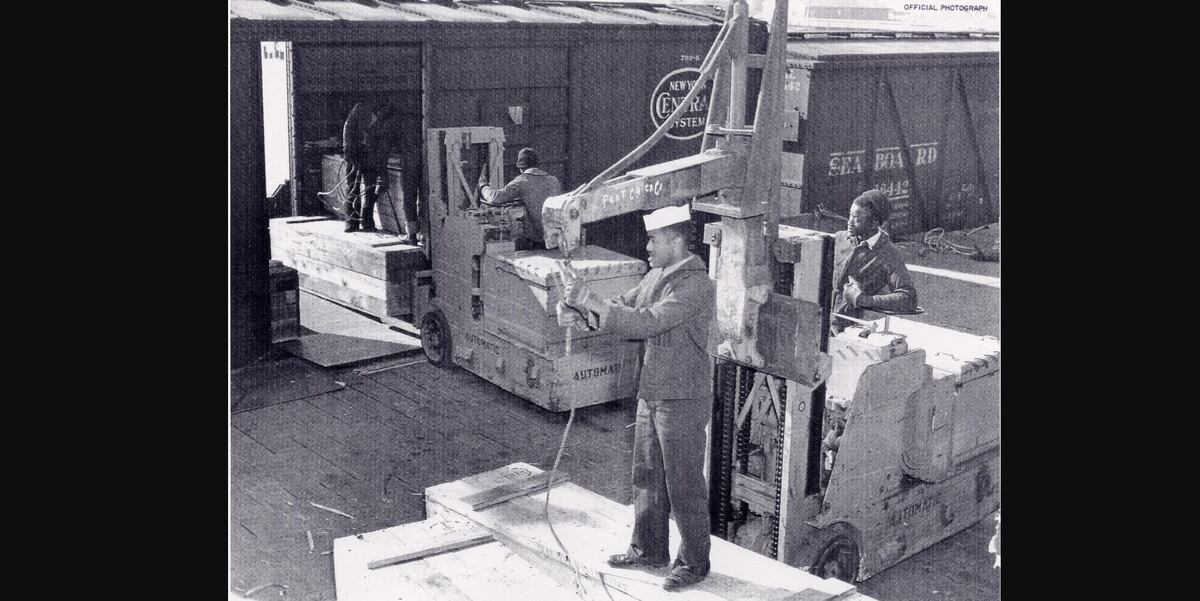
Initial interviews by a navy legal officer showed that not a single one of the enlisted men knew the official definition of mutiny, which, according to Section 46 of the Naval Courts and Boards, is “the unlawful opposition or resistance to or defiance of superior military authority, with deliberate purpose to usurp, subvert, or override such authority.”
The navy then began the process that would result in the largest court-martial for mutiny in its history.
The court-martial convened on Sept. 14, 1944.
The defendants were divided into five groups of 10 each, with one attorney for each group. Lt. Cmdr. James F. Coakley led the government’s prosecution.
The defense argued that because the accused sailors had acted only out of fear, and not from any “deliberate purpose to usurp, subvert, or override superior military authority,” the legal standard required to prove mutiny had not been established.
Coakley countered that all that was necessary to prove that a mutiny occurred was to show that the men in question refused to “perform military service” after they were given the order and then warned of the consequences of disobedience.
He went on to assert that what occurred at Port Chicago was “an extraordinary case of conspiracy … an extraordinary case of mutiny.”
The seven officers who made up the court did not require much convincing.
On Oct. 24, after deliberating for less than 90 minutes, they found all 50 defendants guilty. Each was sentenced to 15 years in prison and dishonorable discharge.
Three weeks later Wright reduced the sentences of 40 of the sailors to prison terms ranging from eight to 12 years. (The 206 men who had initially disobeyed the order to work but relented after being threatened with the charge of mutiny had all been tried on charges of refusing to obey a lawful order and received lesser sentences.)
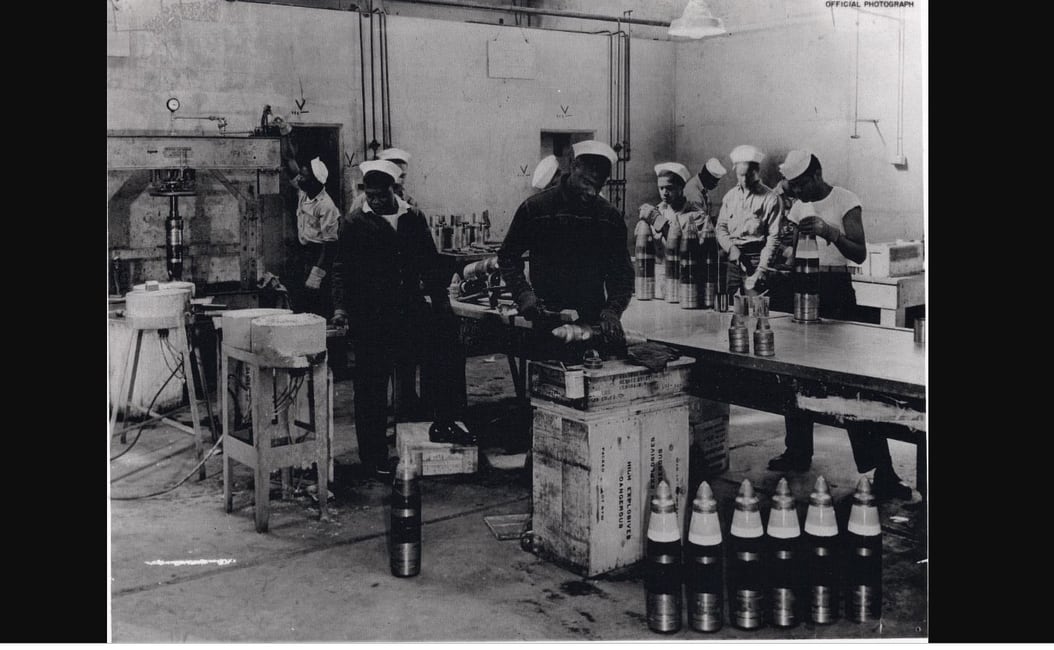
Just six days after the court-martial adjourned, a Navy court of inquiry laid bare some troubling facts.
First, it pointed to “a general failure to foresee and prepare for the tremendous increase in explosives shipments” as the critical need for steady ammunition resupply to the Pacific Theater grew after 1943. Safety, survivors of the Port Chicago disaster said, always took a backseat to speed.
The court of inquiry also found “a failure to provide an adequate number of competent petty officers or even personnel of petty officer caliber.”
In addition to depriving the stevedores of capable supervision at the first-line level, the lack of African-American petty officers meant that the sailors in the racially segregated labor units had no authority figures to advocate on their behalf.
Port Chicago was crewed by junior officers (all of them white) who had very little experience in directly supervising enlisted men and no training in the handling and loading of munitions.
Inadequate training at all levels, the court said, had dogged operations at the port almost from the beginning of the war.
Last, the board faulted the command climate at Port Chicago for failing to provide facilities that could have boosted the morale of the enlisted men as they carried out their dangerous, exhausting work.
Much of that, of course, was attributable to the Navy’s practice of racial segregation.
At the same time, however, the court of inquiry argued that the morale problems were not a consequence of poor training or treatment.
The enlisted men, it said, were “unreliable, emotional, lacked capacity to understand or remember orders or instructions, were particularly susceptible to mass psychology and moods, lacked mechanical aptitude, were suspicious of strange officers, disliked receiving orders of any kind, particularly from white officers or petty officers, and were inclined to look for and make an issue of discrimination.”
These characterizations were completely unfair. The fact that the stevedore units were exclusively black, without black officers or petty officers, created an environment of outright discrimination and racial tension.
Nonetheless, the Navy insisted that the black ordnance units “were administered and trained in the same manner as all other enlisted men in the Navy.”
In fact they were not, as critics of the racial segregation policy quickly pointed out.
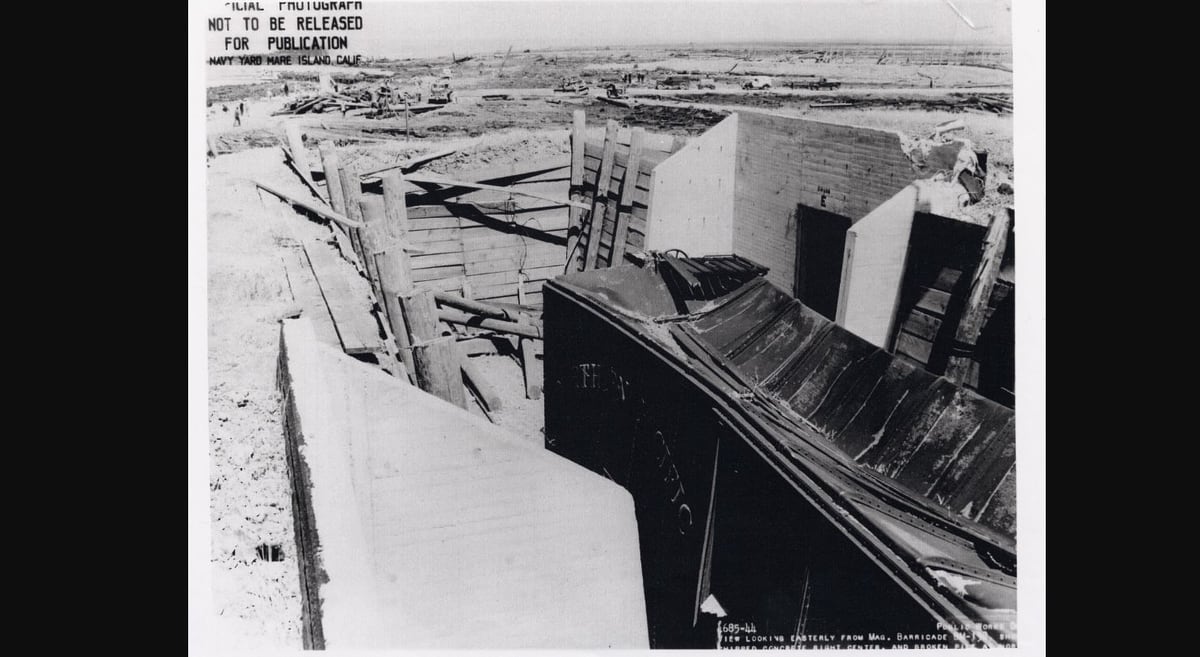
Perhaps in an effort to stave off criticism for how it dealt with the accused mutineers, the Navy had opened the court-martial proceedings to the public and the press.
The NAACP sent Thurgood Marshall, a young lawyer who would one day sit on the U.S. Supreme Court, to California to observe the trials.
Marshall found the court-martial and its verdicts inherently unfair. In an appeal he drafted for the Judge Advocate General of the Navy, Marshall noted that both prosecution and defense had used the same sources of legal authority to argue their respective positions on the mutiny question, and he underscored the obvious flaw in the charge — “there is no set rule as to what is mutiny.”
Furthermore, Marshall argued, it was outrageous that the court had deliberated for so short a time before convicting 50 men and consigning them to prison and dishonorable discharge.
As the convictions were being criticized across the country, the Navy began to reconsider both its ammunition handling protocols and its racial segregation practices.
Marshall had argued in his appeal that “the accused were made scapegoats in a situation brought about by a combination of circumstances.”
Though his appeal was unsuccessful, six months later the Navy ordered the sentences of the Port Chicago 50 reduced by one year.
In January 1946, 47 of the 50 men were released and paroled to active service at sea. Those who incurred no further disciplinary actions were finally discharged from the Navy “under honorable conditions.”
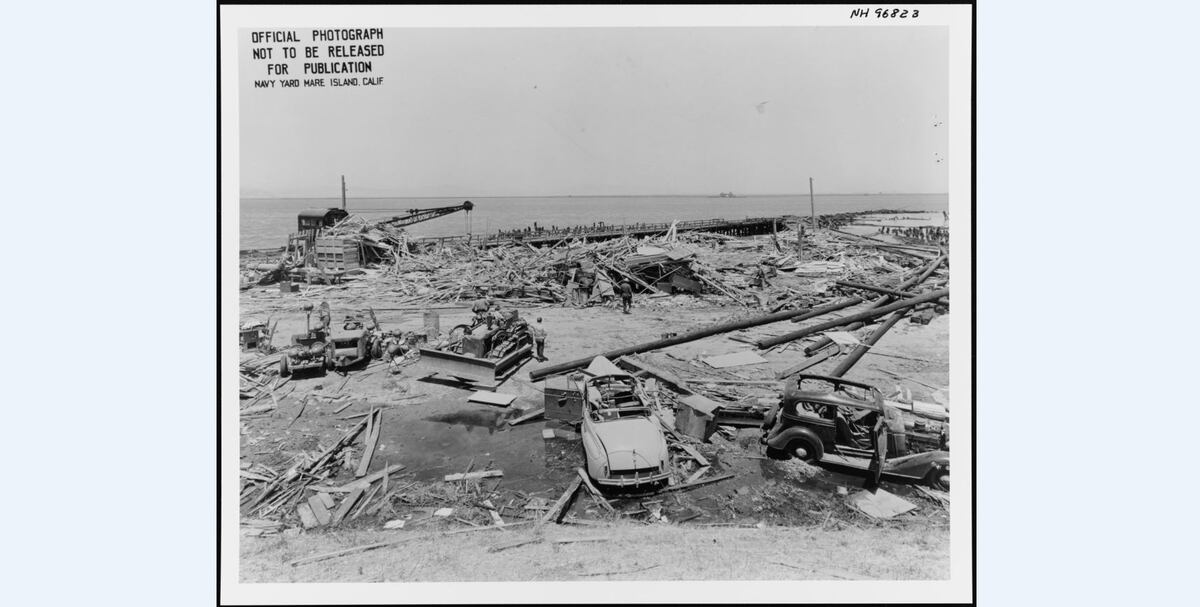
The controversy over the Port Chicago court-martial continued to resonate in legal and political forums for the next 60 years.
In the 1990s journalists and historians began describing the incident at Port Chicago as a “work stoppage” or “strike,” completely overlooking the fact that such distinctions do not exist in the military.
The more salient question was whether the sailors’ actions truly fit the legal definition of mutiny.
The sailors themselves always insisted that mutiny was never their intent, and that their genuine safety concerns and mitigating circumstances were never taken into account.
Efforts to overturn the convictions were unsuccessful. While the Navy maintained that no racial injustice marked the court-martial and guilty verdicts, it finally admitted that the sailors had suffered from racial discrimination during their service — a provocation that clearly influenced their actions.
In 1999 President Bill Clinton pardoned Freddie Meeks, one of two known survivors of the Port Chicago 50. (The other known survivor was also offered a pardon but turned it down.)
Most of the former sailors, in fact, had never even sought presidential pardons. Pardons were for the guilty, and to the very end they insisted they were innocent of the crime for which they had been imprisoned.
They had refused to obey a specific order that they believed put them in unreasonable physical jeopardy.
That fact made them liable to a lesser charge, but they were not mutineers.
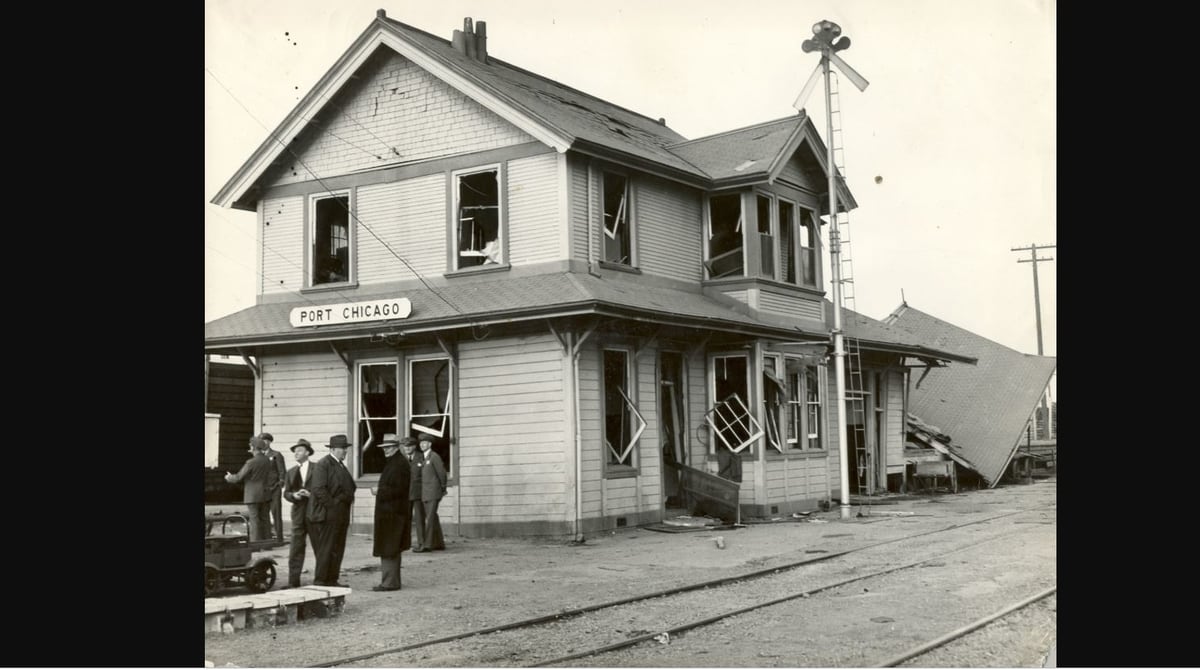
John A. Haymond is the author of The Infamous Dakota War Trials of 1862: Revenge, Military Law, and the Judgment of History (McFarland & Company, 2016). This article appears in the Winter 2019 issue (Vol. 31, No. 2) of MHQ—The Quarterly Journal of Military History — a sister publication of Navy Times — with the headline “Mutineers or Scapegoats?”





